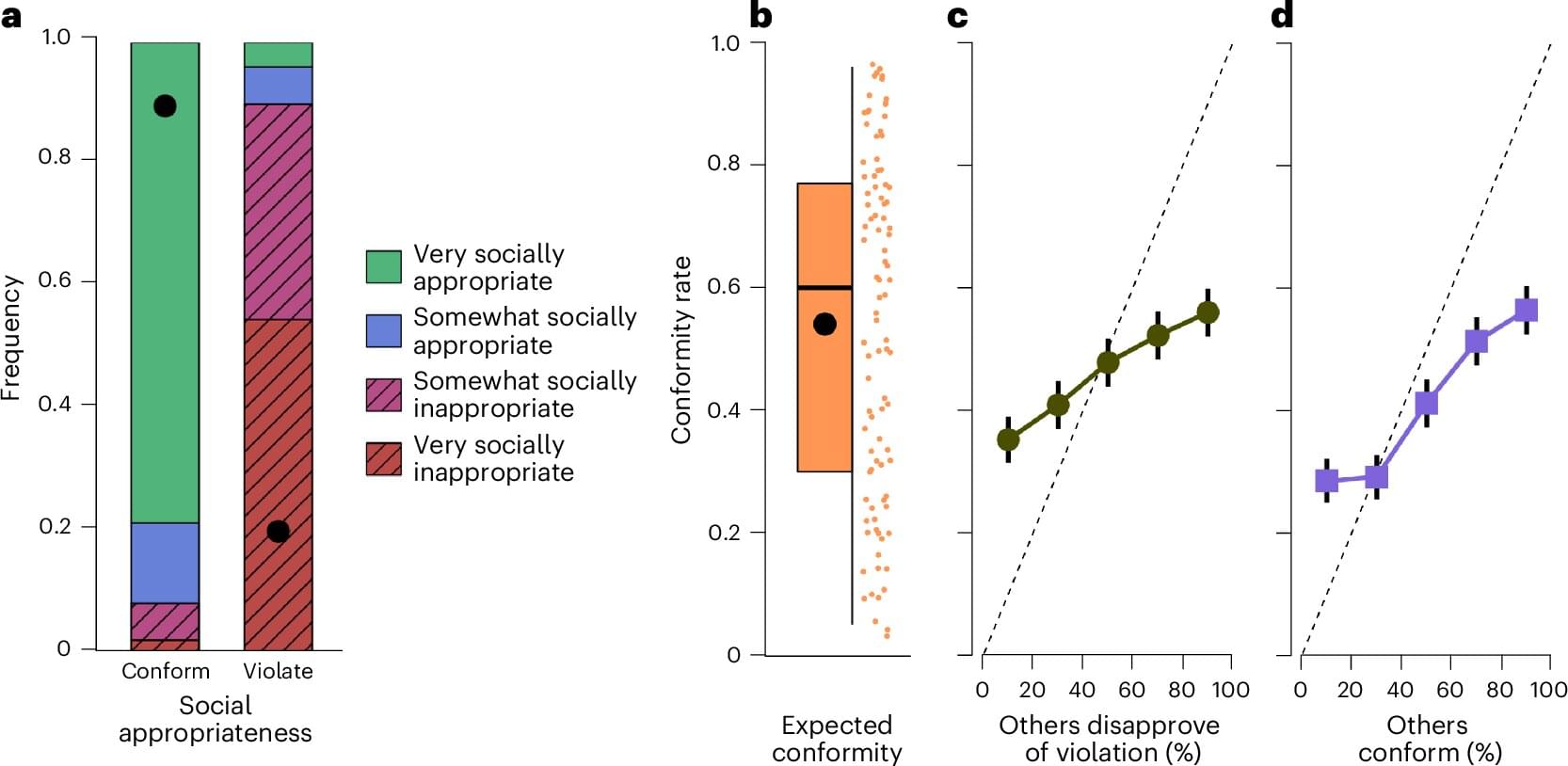Contrary to the popular saying, rules aren’t meant to be broken, as they are foundational to society and exist to uphold safety, fairness and order in the face of chaos. The collective benefits of rule-following are well established, but individual incentives are often unclear. Yet, people still comply, and the reasons why are pieces of a puzzle that researchers of human behavior have been trying to piece together for years.
A recent study published in Nature Human Behavior explored the behavioral principles behind why people follow rules using a newly designed framework called CRISP. A series of four online experiments based on the framework involving 14,034 English-speaking participants, revealed that the majority (55%–70%) of participants chose to follow arbitrary rules—even when the compliance was costly, they were anonymous and violations had no adverse effects on others.
This proposed CRISP system explains rule conformity © as a function of four components: R—intrinsic respect for rules, independent of others’ behavior; I—extrinsic incentives, such as the threat of punishment for breaking rules; S—social expectations about whether others will follow the rule or believe one should; and P—social preferences, which matter when rule-following affects the well-being of others.









